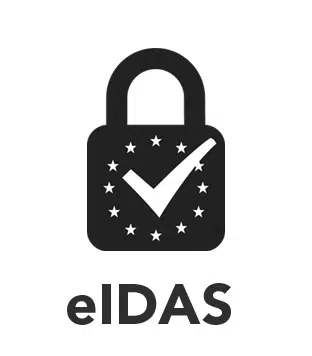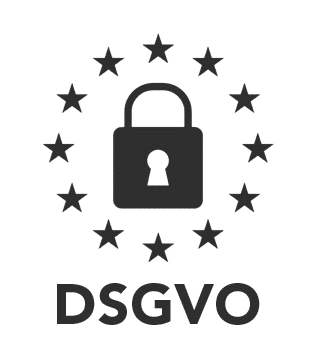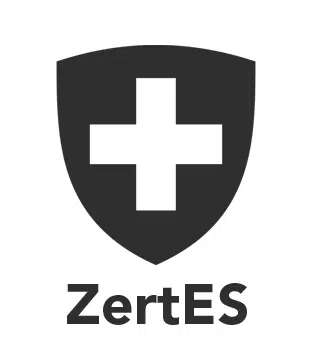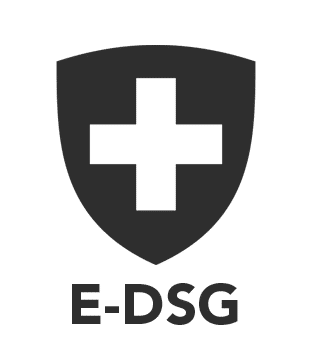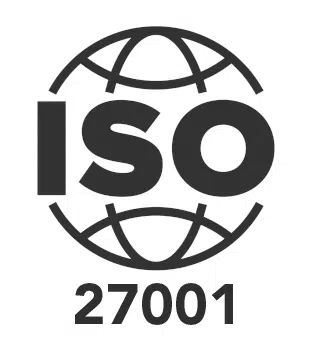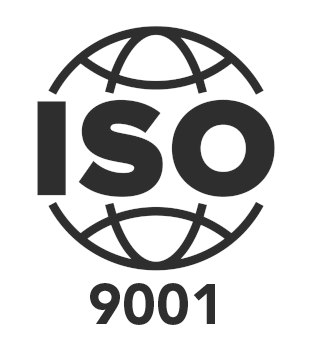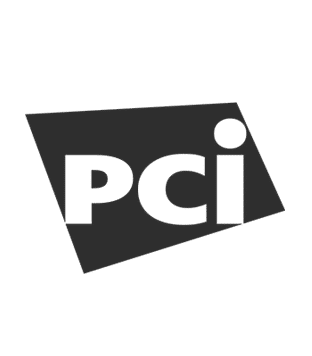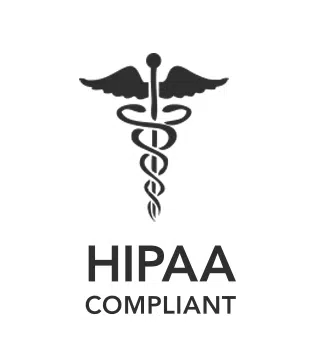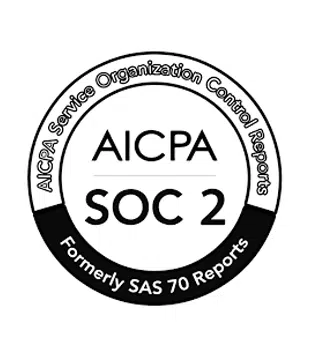MOXIS in the construction.
The Ingenieurbüro GEHLEN Partnerschaft Beratender Ingenieure not only signs construction documents such as structural analyses, plans and expert opinions electronically with MOXIS.
Many traditional industries have made giant strides in digitisation in recent years. However, individual central processes are still characterised by too many and unnecessary media discontinuities. The engineering office GEHLEN from Düsseldorf, founded in 1915, is one of the oldest and most renowned contact points for the inspection of structural analysis as well as structural design in Germany. Dr. Thorsten Timm, one of three partners at GEHLEN, has successfully implemented electronic signature processes not only for test files with MOXIS.

»MOXIS guarantees us that data integrity and authenticity are guaranteed at all times.«
Dr. Thorsten Timm
Test engineer for structural analysis, Ingenieurbüro Gehlen
Dr. Timm, consistent digitisation makes industries fit for the future and revolutionises ingrained processes that may not have been reconsidered for decades. Is the construction industry an exception?
Dr. Thorsten Timm: The construction industry is one of the oldest industries of all. Tradition plays a major role here. Of course, civil engineers use finite element programs, draftsmen use CAD, and we work with Building Information Modeling in a highly networked and three-dimensional way when planning buildings, but the construction plans on the building site are ultimately made of paper. The partial digitisation of central processes still leads to media disruptions that are very often superfluous.
As test engineers for structural analysis, your company Gehlen is responsible for quality assurance in construction. What role do signed quality documents play in your work?
Dr. Thorsten Timm: The most important. As test engineers or experts for stability, we are the ones in the process chain who give the green light for building according to the 4 eyes principle of the state building code. Nothing happens before that. By the way, this is also evident in the traditional use of green ink for signatures and stamps. The approved and signed inspection documents are the planning raw material according to which construction takes place.
… and it’s still paper-based?
Dr. Thorsten Timm: Unfortunately, still too often. That’s why we at Gehlen were looking for a solution that would allow us to digitally represent the entire process that accompanies a structural analysis test. The main requirement was to have a mature signature tool that would allow us to prove the authenticity of a document beyond doubt without having to print out the documents once during the process. And: I definitely didn’t want to have to work with a card reader for this.
This tool you found in the end in MOXIS?
Dr. Thorsten Timm: That’s how it is. We provide our signature, the sovereign stamp under the inspection documents, qualified electronically with MOXIS. MOXIS guarantees us that data integrity and authenticity are guaranteed at all times. We gain unprecedented flexibility in all signature processes, compared to before, when obtaining a signature always required physical presence in the office.
Do you use MOXIS mobile?
Dr. Thorsten Timm: Very often, in fact! The fact that certain signatures should be made as quickly as possible in planning projects is obvious in construction processes, so that things don’t get bogged down on the building site. That’s why I sometimes sign from vacation – as I just did from northern Italy. I find it reassuring when I can proofread and approve important documents even when I’m on vacation. Like this morning.
Do you sign during breakfast?
Dr. Thorsten Timm: No, rather before that. This morning before breakfast, I released plans for a lock with MOXIS, where we, as structural engineers, are being reviewed by test engineers. And yesterday it was a highway bridge. The authorities don’t just want to see any construction plans, but documents that are legally signed. This is also related to the considerable liability risk.
What does a typical process look like?
Dr. Thorsten Timm: Our task as test engineers is essentially that of experts for stability. A current example: During the flood disaster in the summer in the west of Germany, we were commissioned to assess the acute stability of affected buildings. Such an expert opinion is prepared in cooperation with an employee. After coordinating and analysing the respective facts, he enters the report into MOXIS and I then make the final counter-signature. Something like this cannot wait long. We use the qualified electronic signature to generate original documents that can then be immediately archived in the project directory, from where they can also be forwarded to project partners via a link.
Long-term archiving also corresponds with the high quality requirements for engineering structures …
Dr. Thorsten Timm: Absolutely right. Our planning horizon for engineering structures is a staggering 100 years, literally. Given the costs that engineering structures incur, any quality construction activity is designed for the long term. Here, too, the diversity of the MOXIS electronic signature folder helps us. But GEHLEN is about more than digital planning and inspection documents. In the commercial area, we also use electronic signatures with MOXIS: timesheets must be documented and signed for clients to document services rendered.
With the much-discussed electronic construction inspection file NRW, you are actively involved with colleagues from the Association of Inspection Engineers and the NRW Evaluation and Clearing Office in establishing a platform for the exchange of electronic documents for the whole of North Rhine-Westphalia. What is this all about?
Dr. Thorsten Timm: An important project for the future and a matter of the heart at the same time. We want to ensure that all inspection engineers in NRW can exchange documents securely with project participants and the building inspectorates via a central platform and then also have the option of qualified signing with MOXIS. In this way, we can avoid having to print out extensive plans and send them back and forth over and over again in the future and clog up our e-mail accounts. In my view, a key building block for end-to-end, intelligent digitisation. And it’s all possible in this case without a single drop of green ink.
Christoph Schomberg, Senior Editor at XiTrust
